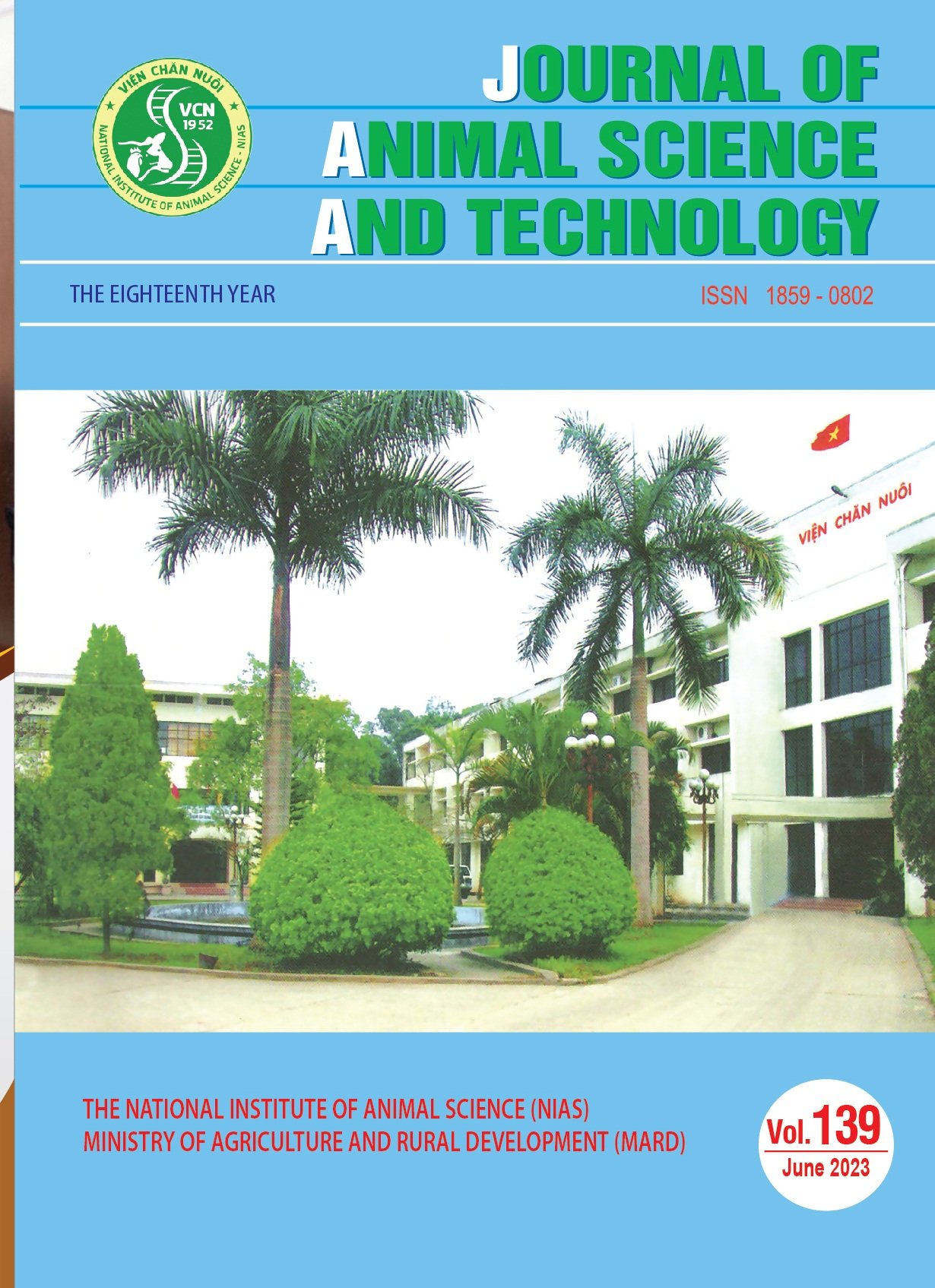Practical aspects of twin pregnancy diagnosis in cattle
Twin pregnancies are an economically unwanted phenomenon in dairy cattle, not only because they increase pregnancy losses, but also because antibiotics usage and culling rate of the dam are also dramatically increased due to them, furthermore animal welfare issues are also affected through them. In cattle, under field conditions using an early pregnancy determination tool, the first accurate diagnosis from the pregnancy status is available from around day 28, although further confirmations of pregnancy are required. Twin pregnancy diagnosis is available either by rectal palpation or ultrasonography. The measurement of pregnancy specific proteins are also available to determine gestation, but there is still a long way to go to properly identify twin pregnancies. In this commentary, we compared our own results with the literature data in this field with a special emphasis on the clinical practices.

